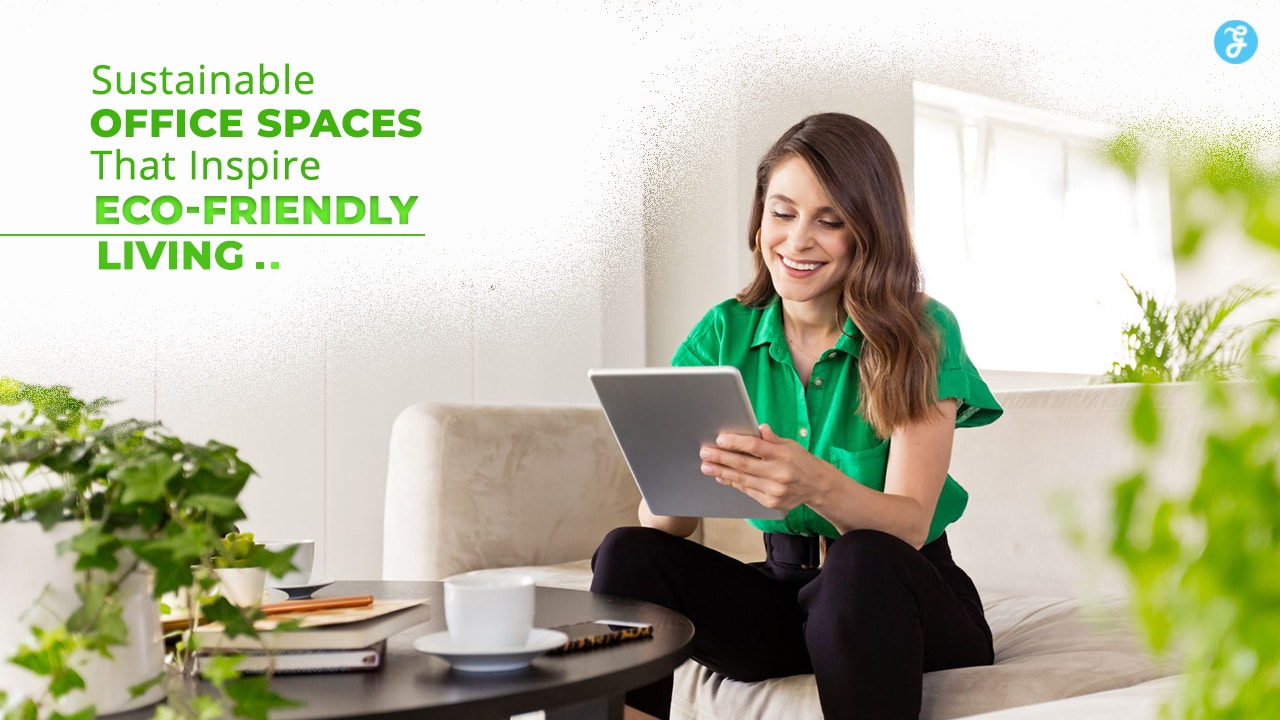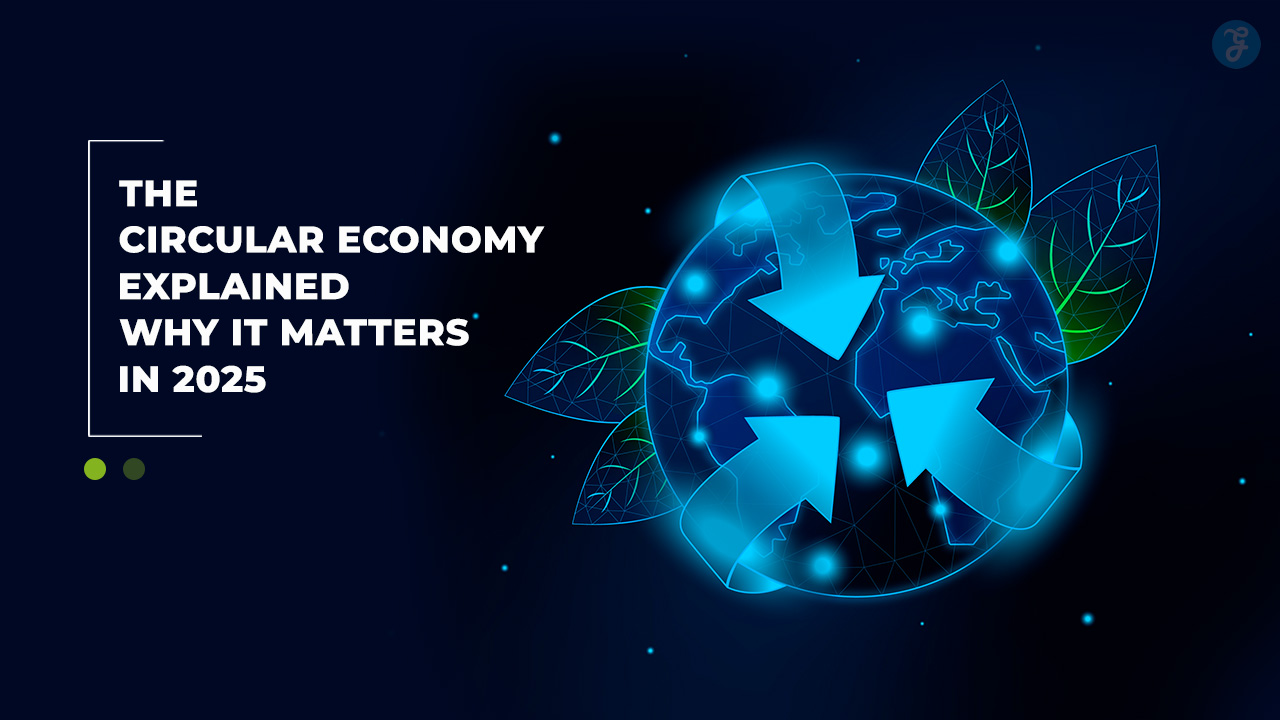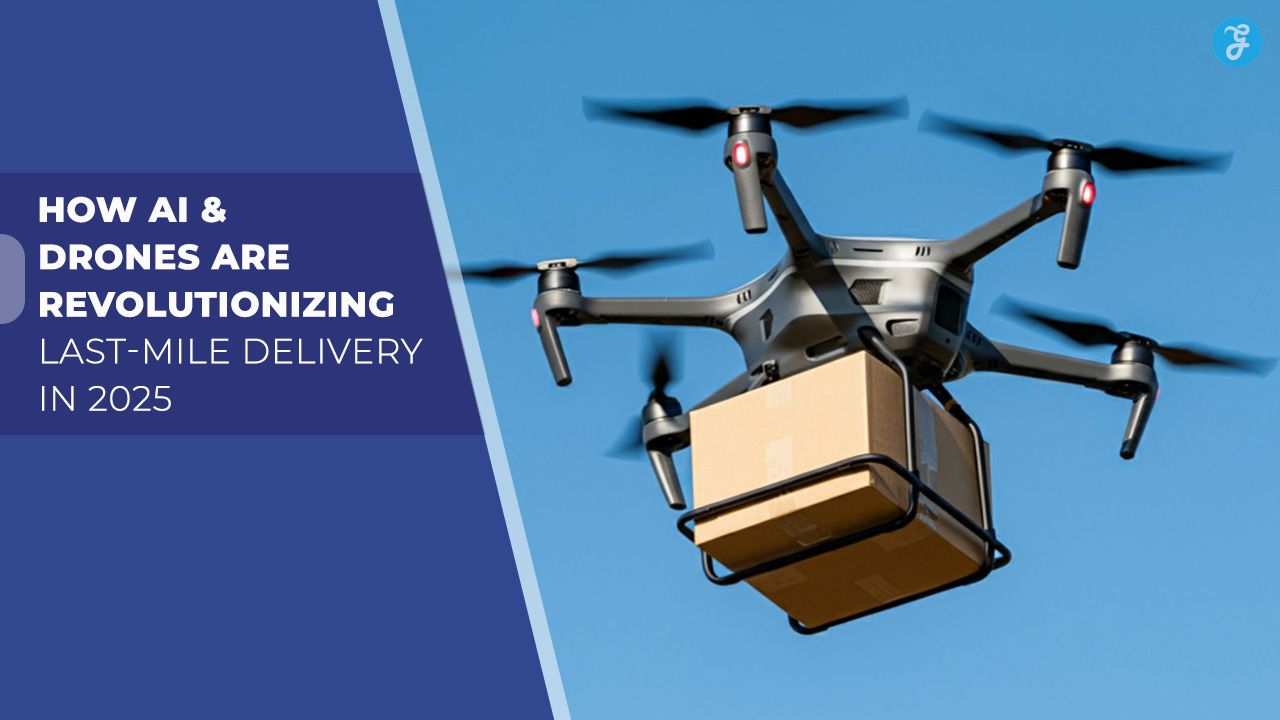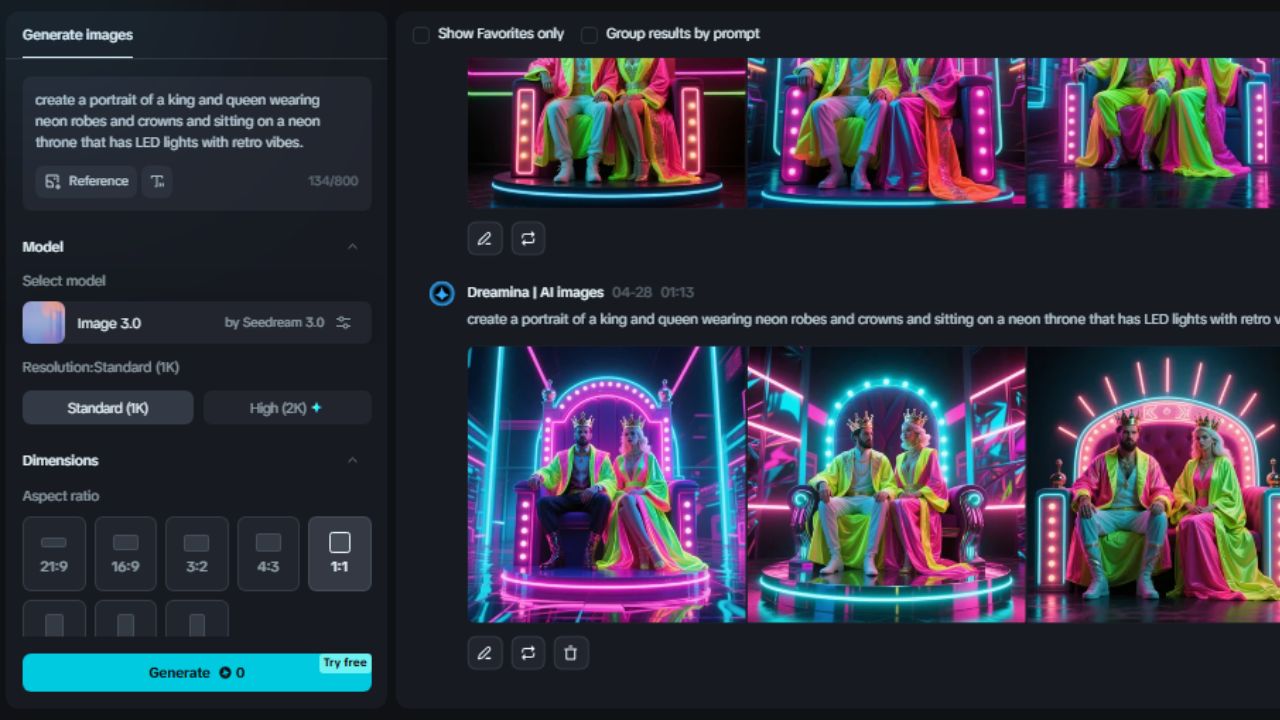In today’s world, sustainability is no longer just a buzzword; it has become an essential aspect of modern living. Offices, where people spend a significant part of their day, are evolving to embrace eco-friendly practices.
Sustainable office spaces not only reduce the carbon footprint but also create healthier environments for employees, boosting their productivity and well-being.
From energy-efficient designs to innovative waste management systems, these spaces set a precedent for green living.
In this article, we’ll explore 12 sustainable office spaces around the globe that exemplify the harmony between functionality, innovation, and environmental responsibility.
The Importance of Sustainable Office Spaces
Sustainable office spaces are vital for reducing environmental impact and promoting eco-conscious practices. By integrating green technologies, these offices help lower energy consumption, minimize waste, and improve indoor air quality.
Employees in sustainable offices often experience better health, reduced stress, and higher job satisfaction. Moreover, sustainable practices in offices align with the growing demand for corporate social responsibility, enhancing a company’s reputation among clients and stakeholders.
| Key Benefits of Sustainable Office Spaces | Description |
| Energy Efficiency | Reduced energy costs through smart lighting and renewable energy systems. |
| Improved Indoor Air Quality | Use of non-toxic materials and adequate ventilation. |
| Employee Well-being | Healthier environments leading to higher productivity. |
| Corporate Image | Positive branding through eco-conscious operations. |
Key Features of a Sustainable Office Space
Sustainable offices integrate various eco-friendly features that contribute to their green credentials. Below are some of the most common elements:
- Energy-Efficient Lighting: Offices utilize LED lights or smart lighting systems that adjust based on natural light availability.
- Renewable Energy Sources: Solar panels, wind turbines, or geothermal systems provide clean energy.
- Biophilic Design: Incorporating plants and natural elements to enhance air quality and aesthetics.
- Recycled Materials: Using reclaimed wood, recycled glass, and other materials for construction and decor.
- Water Conservation: Rainwater harvesting systems and low-flow fixtures.
| Feature | Benefit |
| LED Lighting | Saves energy and reduces electricity bills. |
| Solar Panels | Provides clean, renewable energy. |
| Green Walls & Indoor Plants | Improves air quality and adds natural beauty. |
12 Sustainable Office Spaces That Inspire Eco-Friendly Living
Let’s take a look.
1. The Edge, Amsterdam, Netherlands
Dubbed the “greenest building in the world,” The Edge features:
- Smart technology to optimize energy use.
- Solar panels that generate more energy than the building consumes.
- Rainwater harvesting for irrigation and sanitation.
| Feature | Detail |
| Renewable Energy | Solar panels generate surplus energy. |
| Smart Technology | Optimizes energy use based on occupancy. |
| Water Recycling | Rainwater harvesting supports irrigation. |
2. Apple Park, Cupertino, USA
Apple’s headquarters, also known as the “Spaceship,” boasts:
- 100% renewable energy usage, thanks to on-site solar panels.
- A design that maximizes natural light and ventilation.
- Over 9,000 trees, creating a park-like environment.
| Feature | Detail |
| Renewable Energy | Powered entirely by solar panels. |
| Biophilic Design | Features over 9,000 trees. |
| Natural Ventilation | Reduces reliance on air conditioning. |
3. Bosco Verticale, Milan, Italy
This “vertical forest” combines:
- Green facades with over 800 trees and thousands of plants.
- A system for water recycling and solar energy use.
- Reduced urban heat island effect through dense vegetation.
| Feature | Detail |
| Vertical Greenery | Over 800 trees enhance biodiversity. |
| Energy Efficiency | Solar energy powers building operations. |
| Urban Cooling | Reduces heat island effect. |
4. One Central Park, Sydney, Australia
Known for its lush greenery, One Central Park features:
- A vertical garden with 250 species of Australian plants.
- Advanced water recycling systems.
- Solar panels and smart lighting technology.
| Feature | Detail |
| Vertical Garden | Hosts 250 plant species. |
| Water Recycling | Recycles wastewater efficiently. |
| Renewable Energy | Solar panels contribute to power needs. |
5. Pixel Building, Melbourne, Australia
This carbon-neutral office is recognized for:
- Generating more energy than it uses.
- High-performance insulation and natural ventilation systems.
- Sustainable construction materials and rainwater harvesting.
| Feature | Detail |
| Carbon Neutrality | Generates surplus energy. |
| Natural Ventilation | Reduces HVAC reliance. |
| Rainwater Harvesting | Supports sustainable water use. |
6. Googleplex, Mountain View, USA
Google’s iconic campus incorporates:
- Solar energy for a significant portion of its power.
- Bike-friendly infrastructure to promote sustainable commuting.
- Extensive green spaces for relaxation and biodiversity.
| Feature | Detail |
| Renewable Energy | Solar panels power facilities. |
| Sustainable Transport | Bike-friendly paths encourage eco-commuting. |
| Green Spaces | Supports biodiversity. |
7. Shanghai Tower, Shanghai, China
As one of the tallest buildings globally, it includes:
- Double-glass walls for natural cooling and insulation.
- A rainwater collection and recycling system.
- Green rooftops and public spaces.
| Feature | Detail |
| Double-Glass Facade | Enhances insulation and cooling. |
| Water Recycling | Collects and reuses rainwater. |
| Green Rooftops | Reduces energy costs and urban heat. |
8. Unilever House, London, UK
This office is celebrated for:
- Low-energy lighting and efficient HVAC systems.
- An emphasis on recycled and sustainable building materials.
- A green roof to support biodiversity and reduce energy use.
| Feature | Detail |
| Sustainable Materials | Incorporates recycled construction materials. |
| HVAC Efficiency | Minimizes energy consumption. |
| Green Roof | Provides insulation and biodiversity. |
9. Amazon Spheres, Seattle, USA
These unique glass domes feature:
- Over 40,000 plants from around the world.
- An innovative cooling and humidification system.
- A design that fosters creativity and relaxation.
| Feature | Detail |
| Plant Biodiversity | Houses 40,000+ plant species. |
| Natural Cooling | Maintains optimal temperatures sustainably. |
| Relaxation Spaces | Promotes employee well-being. |
10. Bullitt Center, Seattle, USA
Touted as the greenest commercial building in the world, it offers:
- Net-zero energy use.
- Composting toilets and rainwater reuse.
- Sustainable construction practices.
| Feature | Detail |
| Net-Zero Energy | Completely self-sufficient in power. |
| Composting Toilets | Reduces water usage. |
| Sustainable Materials | Highlights eco-friendly construction. |
11. Cundall Office, Birmingham, UK
This sustainable office is noted for:
- Achieving LEED certification.
- Maximizing daylight with intelligent design.
- On-site renewable energy systems.
| Feature | Detail |
| LEED Certification | Demonstrates global sustainability standards. |
| Daylight Optimization | Reduces energy lighting costs. |
| Renewable Energy | Powers facility sustainably. |
12. Deloitte Headquarters, Amsterdam, Netherlands
Known as The Greenhouse, it features:
- Energy-efficient systems and abundant natural lighting.
- A closed-loop water system.
- An interior design focused on recycled materials.
| Feature | Detail |
| Energy Efficiency | Minimizes operational costs. |
| Closed-Loop Water System | Maximizes water conservation. |
| Recycled Materials | Reduces environmental impact. |
Tips for Incorporating Sustainability into Any Office Design
Even if your office isn’t on this list, you can adopt these simple tips to make it more sustainable:
- Switch to LED lighting to reduce energy usage.
- Add indoor plants for improved air quality and aesthetics.
- Use energy-efficient appliances.
- Opt for recycled or upcycled furniture and decor.
- Implement a waste segregation and recycling program.
| Tip | Impact |
| Use LED Lights | Cuts down electricity usage. |
| Introduce Indoor Plants | Improves air quality and reduces stress. |
| Upcycle Furniture | Promotes sustainable consumption. |
The Future of Sustainable Office Spaces
The future of sustainable office design is promising, with advancements in technology and innovative practices leading the way. Trends such as net-zero buildings, smart energy systems, and AI-driven energy management are reshaping workplaces.
Moreover, governments and organizations are implementing stricter sustainability regulations, making eco-friendly designs a necessity rather than a choice.
Final Thoughts
Sustainable office spaces are more than just a trend; they are a vital step toward a greener, healthier future.
From the lush greenery of Bosco Verticale to the cutting-edge technology at The Edge, these offices inspire us to rethink our relationship with the environment. By adopting even small eco-friendly practices, businesses can contribute to this global movement.
Let these 12 examples motivate you to embrace sustainability in your workspace and be part of a brighter, more sustainable tomorrow.












































